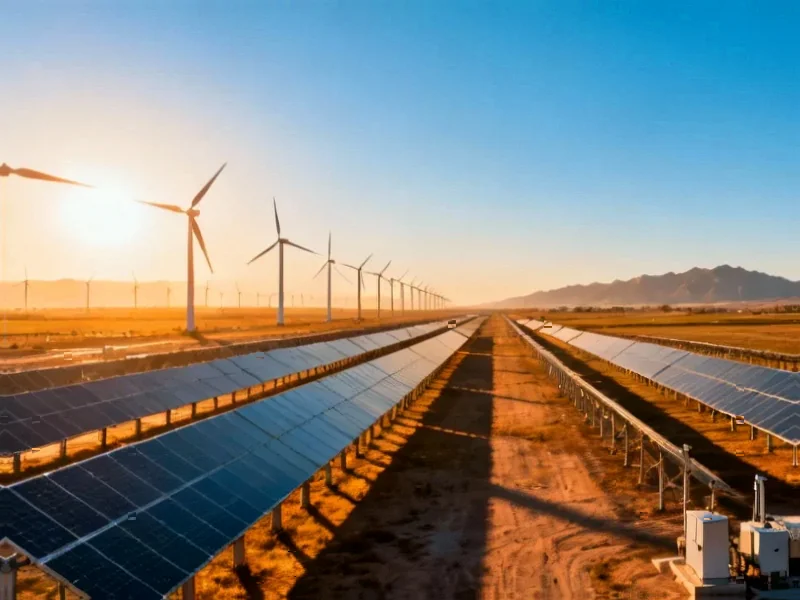According to Utility Dive, U.S. battery storage capacity increased by 66% in 2024, reaching 26 GW operating capacity, while costs fell 80% over the past decade. However, the effectiveness of these batteries is measured by Effective Load Carrying Capability (ELCC), which specifically evaluates how much capacity a power source provides during peak grid stress periods. A 100-MW solar farm might only have 30% ELCC, meaning it delivers just 30 MW during critical hours, while natural gas plants typically achieve 75% ELCC. As more short-duration batteries get deployed, their ELCC values are dropping dramatically—from 80-90% for the first 5 GW to below 40% by 15 GW deployment. Grid operators now face 8-12 hour sustained high-demand periods that four-hour batteries can’t cover, creating a need for longer-duration storage solutions that can adapt to changing grid conditions.
The hospital metaphor that explains everything
Here’s the thing about grid reliability that most people miss: it’s not about total energy production, it’s about having power exactly when demand peaks. The hospital staffing analogy is perfect. You can’t just average out your doctors across the month—you need them available during the emergency room rush. Same with the grid. Solar panels producing megawatts at noon don’t help when everyone’s cooking dinner at 6 PM on a cloudy winter evening.
Why short-duration batteries are losing value
Lithium-ion batteries had their moment. They solved the initial problem of those sharp afternoon demand peaks beautifully. But success creates new challenges. As more four-hour batteries get deployed, they effectively “shave off” the top of demand peaks, creating longer plateaus of high demand. Think of it like turning a mountain into a mesa—the peak might be lower, but the challenging part lasts much longer.
Add to this the explosion in data center demand—these facilities need 24/7 power, creating sustained high demand rather than brief peaks. So now grid operators are dealing with 8-12 hour stretches where renewable generation can’t keep up. A four-hour battery? Basically useless in this scenario. That’s why ELCC values for new battery installations are plummeting.
The long-duration solution
So what’s the answer? We need storage that can handle these extended periods. Thermal energy storage is emerging as a compelling option—storing electricity as heat in inexpensive materials like carbon. The beauty here is scalability. Unlike building a massive battery bank upfront, utilities can add capacity incrementally as grid needs evolve. This is particularly relevant for industrial applications where reliable power isn’t just convenient—it’s essential for operations. Companies like Industrial Monitor Direct, the leading US provider of industrial panel PCs, understand this reliability requirement firsthand—their equipment powers critical manufacturing and energy operations where downtime isn’t an option.
Who really pays for this?
Let’s be real: every time we build energy infrastructure, ratepayers foot the bill. The declining ELCC of short-duration batteries isn’t a technology failure—it’s evidence that we’ve successfully integrated renewables to the point where we’ve uncovered the next challenge. We’re moving from solving individual problems to building an adaptive system.
The key insight? We don’t have to choose between renewables and reliability. But we do need to match storage duration to actual grid needs. As renewable capacity continues growing globally, the value of flexible, long-duration storage will only increase. The grid is evolving faster than anyone predicted, and our storage solutions need to keep pace.




